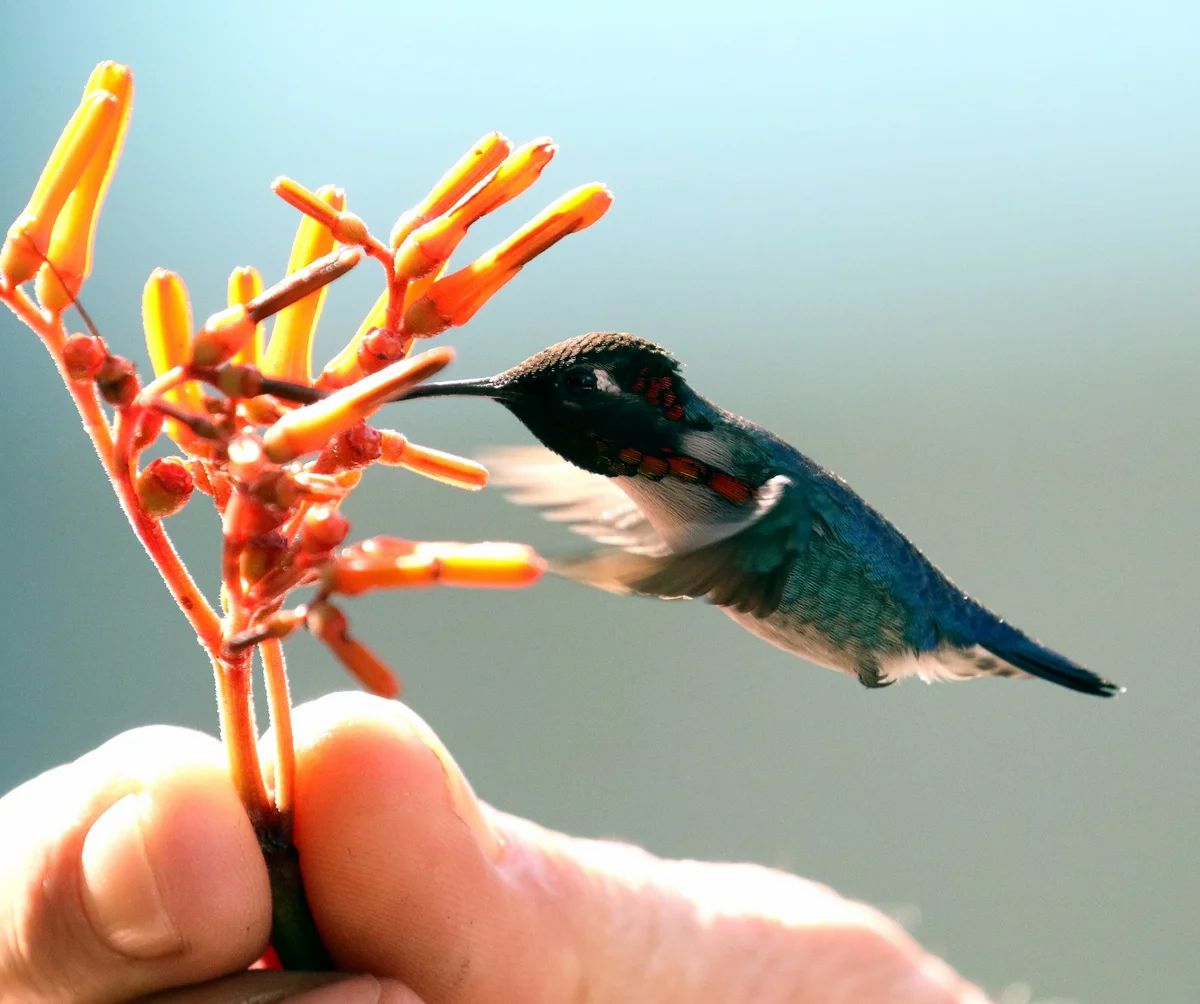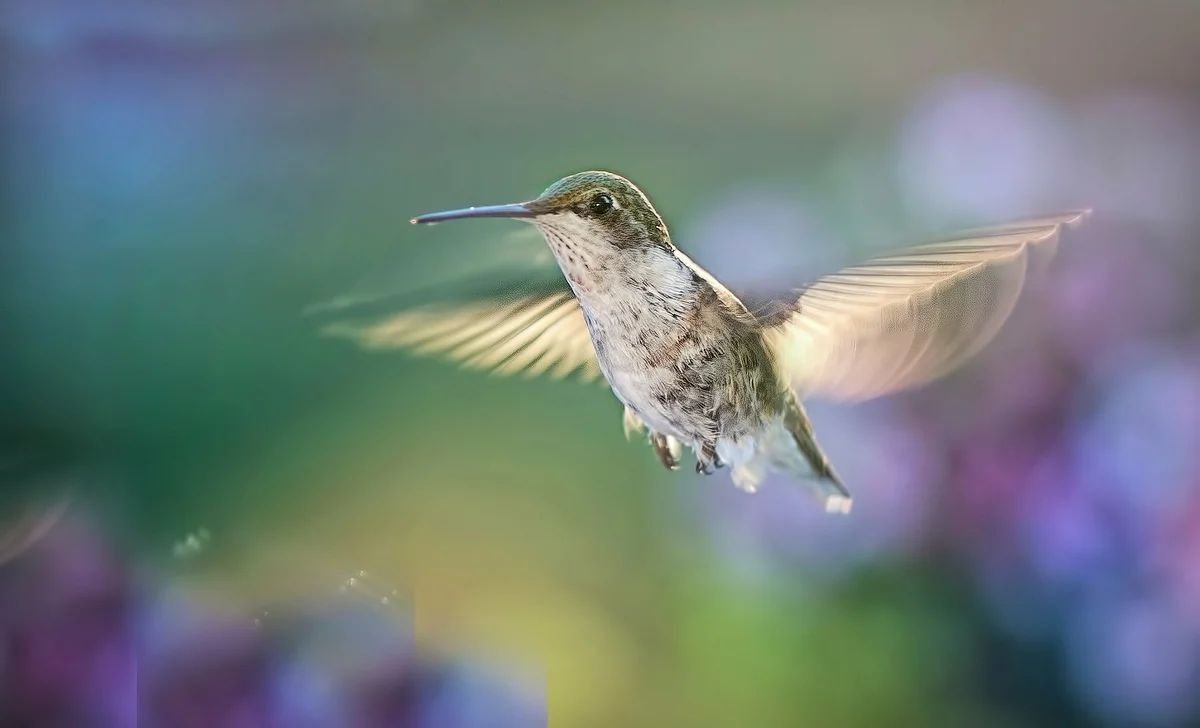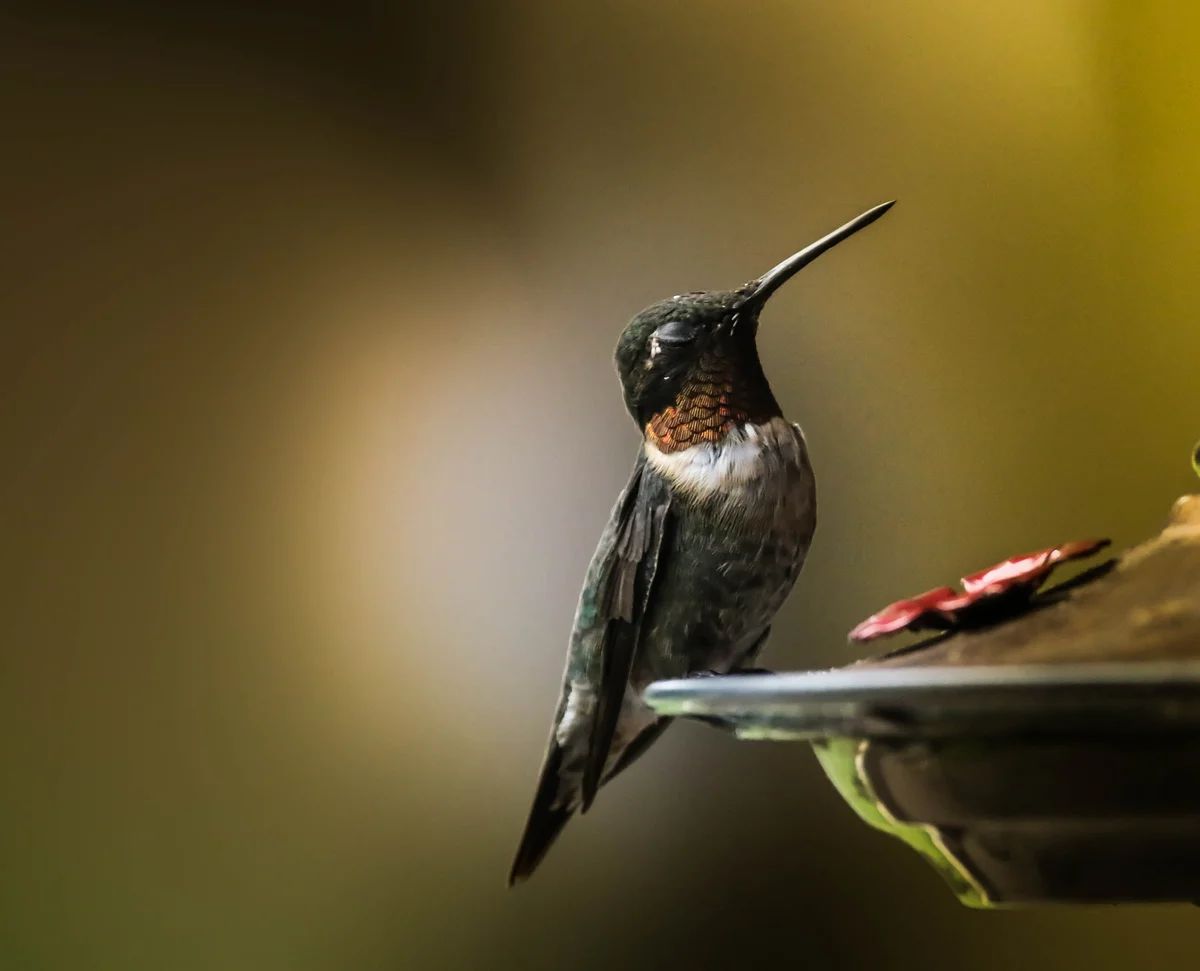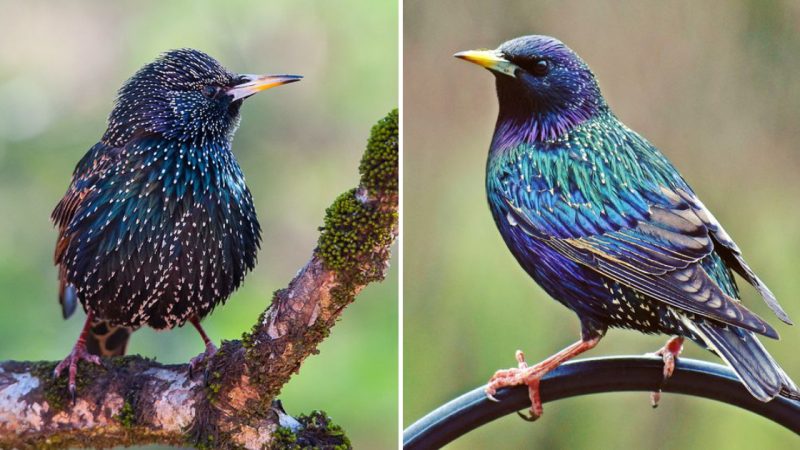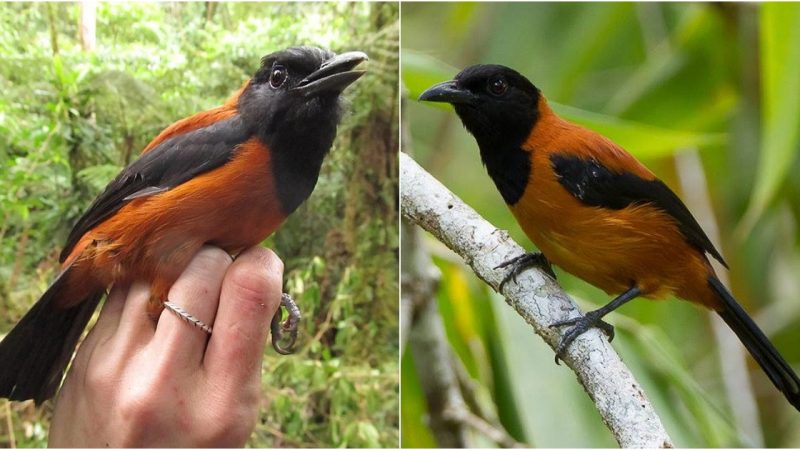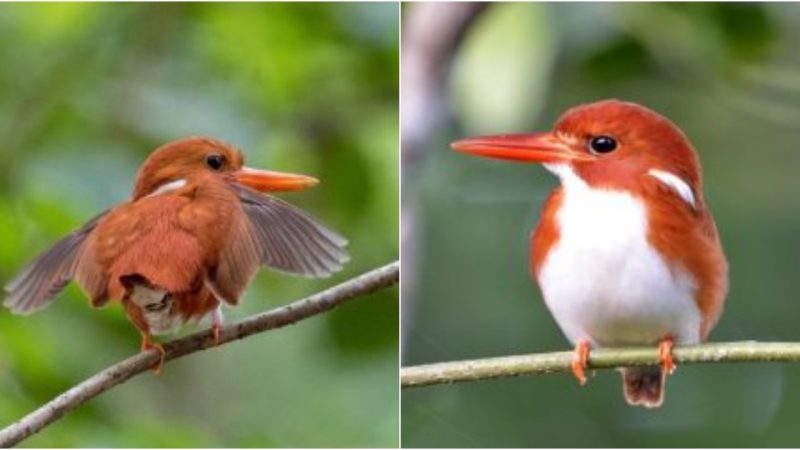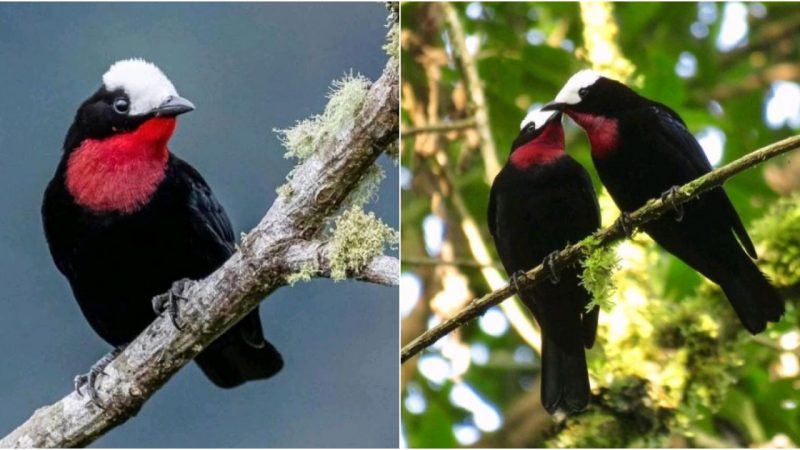The Beautiful Artistry of Hummingbirds
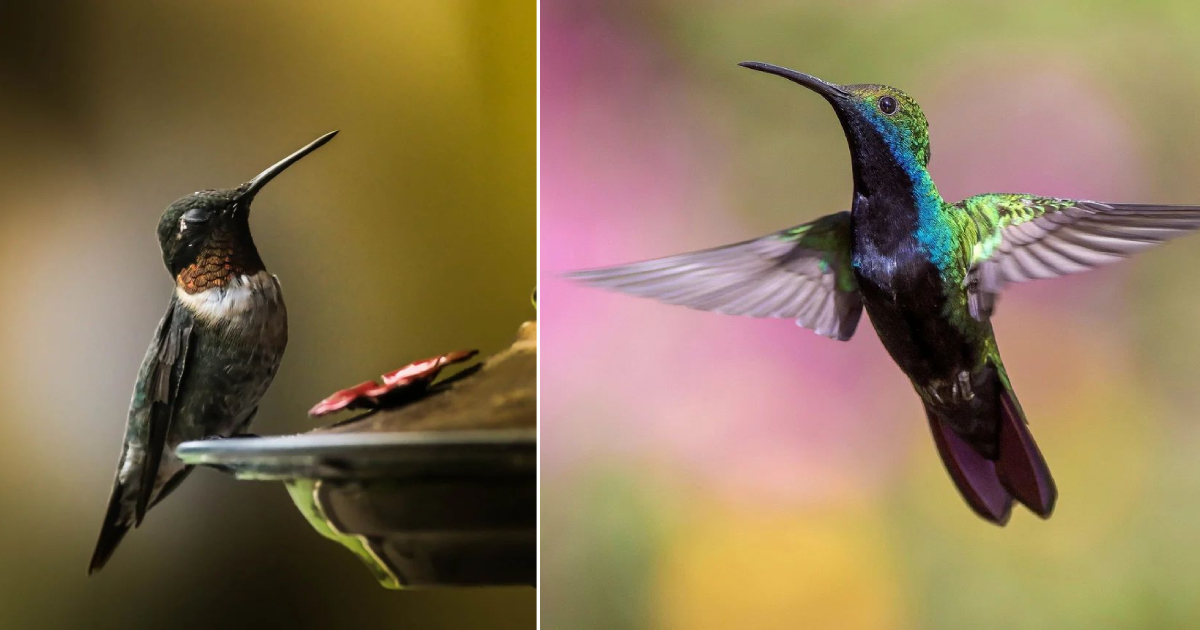
Hummingbirds are truly remarkable creatures and arguably hold records in various aspects. Want to know where hummingbirds excel the most? Read our new article!
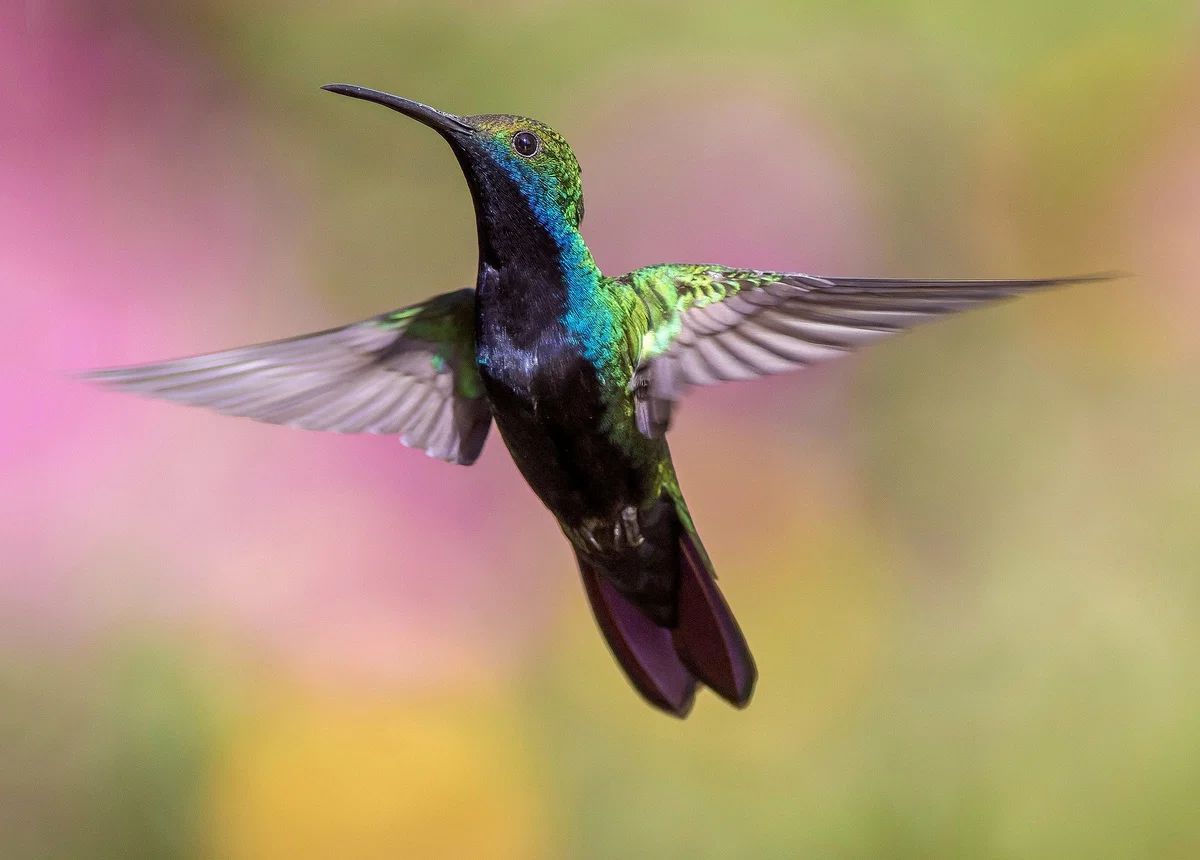
1. The world’s smallest bird – the bee hummingbird!
This tiny bird inhabits Cuba and is aptly named the “bee” hummingbird. The adult bird measures only 5-6 centimeters in size. Like most of its relatives, the bee hummingbird feeds on nectar, which it gathers using its thin, elongated tongue. While obtaining food, the bee hummingbird plays a crucial ecological role as a pollinator, carrying pollen on its wings, head, and beak. Male bee hummingbirds flutter their tail feathers as part of their courtship behavior. Interestingly, it is the buzzing sound produced by hummingbirds during flight that led to their English name, “hummingbird.”
2. The only bird capable of flying backward!
When it comes to hummingbird flight, researchers have been fascinated for many years. And it’s not surprising, considering that hummingbirds can reach speeds of nearly 100 kilometers per hour and flap their wings at a rate of almost 80 beats per second. Hummingbirds are the only birds that can fly backward. What helps hummingbirds achieve such heights? It’s a combination of physiology and proper technique!
Let’s start with their body structure. Hummingbirds possess remarkably robust chest muscles, which account for almost 25% of their body mass. On the contrary, their bodies are lightweight, with hollow and delicate bones, some of which are fused to eliminate unnecessary connections. They have a large and powerful heart to ensure blood flow to their wings. Additionally, their wings are reinforced with stronger bones to generate lift.
The flight technique is also unique. Hummingbirds move their wings both forward and backward, tracing a figure-eight pattern in the air. Even a slight change in the wing’s angle can easily alter the bird’s direction, regardless of whether the wing is moving forward or backward. To create lift when ascending (something other birds cannot do as they generate lift only when flapping their wings downward), hummingbirds even involve their wrists, twisting their wings insect-like.
3. The fastest metabolism among all animals in the world!
To sustain such extraordinary flight, a strong heart alone is not enough. The entire hummingbird metabolism is tuned for this purpose. A hummingbird’s heart beats at a rate of 1000-1200 beats per minute (compared to the human heart rate of 60-80 beats per minute), and its breathing rate reaches 250 breaths per minute (while humans take around 20 breaths per minute). During a minute of flight, a hummingbird’s muscles consume nearly ten times more oxygen per gram than the muscles of elite athletes.
Moreover, hummingbirds need an efficient system to dissipate excess heat, and their kidneys work intensively to eliminate excess water and regulate the bird’s salt levels.
4. They can significantly lower their body temperature!
Hummingbirds can enter a state of torpor, but not many creatures possess this ability. However, for hummingbirds, this strategy is necessary to give their bodies a break. Their metabolism slows down, body temperature drops by tens of degrees (the lowest recorded hummingbird body temperature is 3.3°C!), and heart rate and breathing decrease significantly. These birds even lose weight, shedding about 10% of their body mass.
